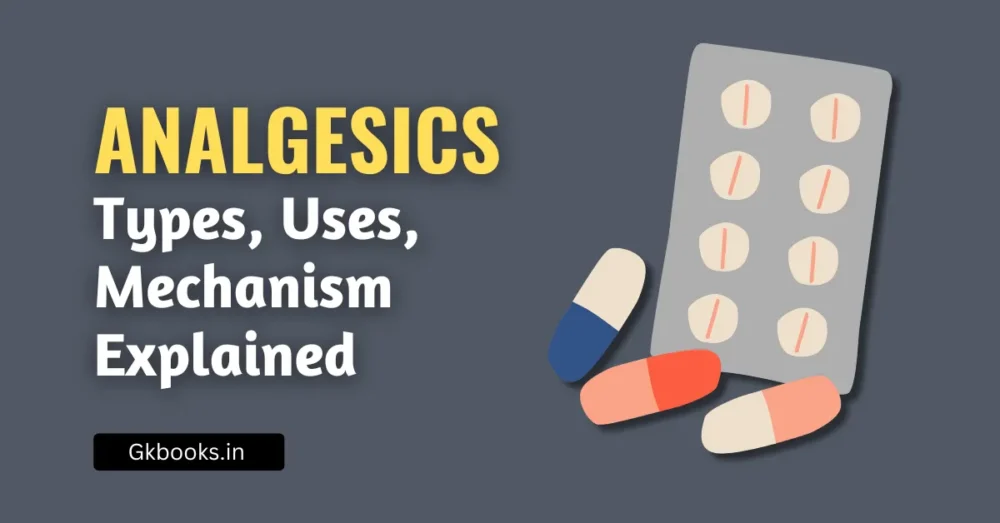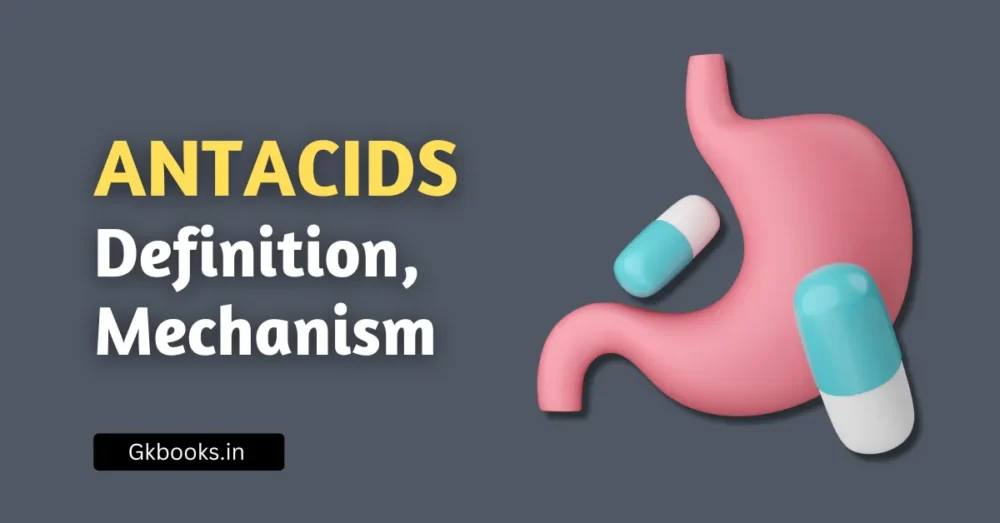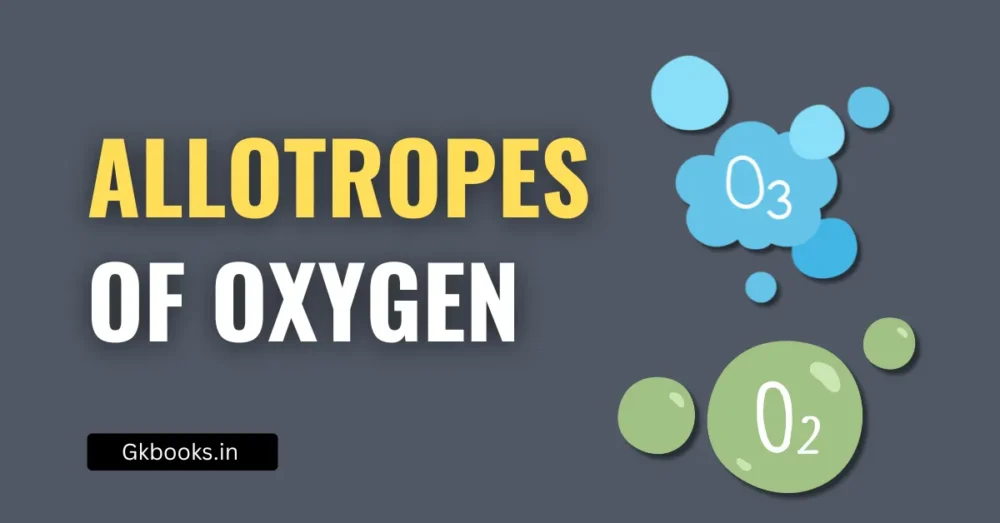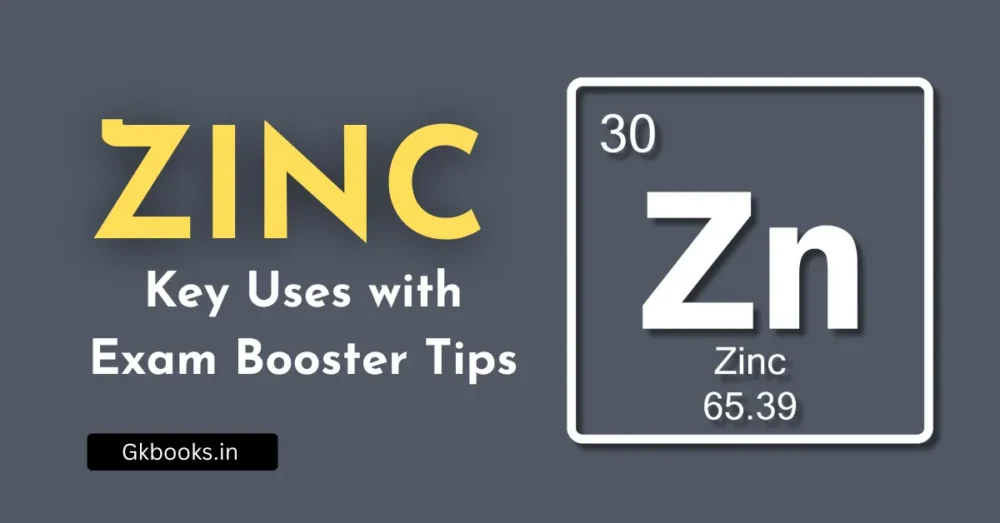Chemistry is all about how different elements interact with each other to form various substances. These interactions happen due to chemical bonds. Understanding these bonds is important for students preparing for competitive exams like SSC, RRB NTPC, UPSC, or state-level exams.
In this article, we will explore the different types of chemical bonds in a simple and easy-to-understand manner.
What is a Chemical Bond?
A chemical bond is a force that holds atoms together in a molecule or compound. Atoms form bonds to achieve stability, just like how we form friendships to feel connected and secure!
Why Do Atoms Form Bonds?
- Atoms always try to achieve a stable electron arrangement, like noble gases.
- They either lose, gain, or share electrons to achieve this stability.
- This process leads to the formation of different types of bonds.
Types of Chemical Bonds
Atoms can form different types of bonds depending on how they share or transfer electrons. The major types of chemical bonds are:
1. Ionic Bond (Electrovalent Bond)
📌 Definition: An ionic bond is formed when one atom transfers electrons to another atom.
📌 How it works:
- One atom loses electrons and becomes a positively charged ion (cation).
- Another atom gains those electrons and becomes a negatively charged ion (anion).
- The oppositely charged ions attract each other and form a strong bond.
📌 Example: Sodium chloride (NaCl) – Common table salt.
- Sodium (Na) loses one electron → Na⁺ (cation)
- Chlorine (Cl) gains one electron → Cl⁻ (anion)
- Na⁺ and Cl⁻ attract each other to form NaCl.
📌 Properties of Ionic Compounds:
✔ High melting and boiling points 🔥
✔ Conducts electricity when dissolved in water ⚡
✔ Hard and brittle 💎
2. Covalent Bond
📌 Definition: A covalent bond is formed when two atoms share electrons.
📌 How it works:
- Atoms do not lose or gain electrons.
- Instead, they share electrons to become stable.
📌 Example: Water (H₂O)
- Each hydrogen (H) shares one electron with oxygen (O).
- Oxygen shares two electrons (one with each hydrogen).
- This sharing forms a strong covalent bond.
📌 Types of Covalent Bonds:
- Single Bond – Sharing of one pair of electrons (e.g., H₂, Cl₂)
- Double Bond – Sharing of two pairs of electrons (e.g., O₂)
- Triple Bond – Sharing of three pairs of electrons (e.g., N₂)
📌 Properties of Covalent Compounds:
✔ Low melting and boiling points ❄
✔ Do not conduct electricity 🚫⚡
✔ Soft and flexible 💧
To stay updated with the latest GK and Current Affairs infographics, follow our official Instagram and Facebook page and prepare for exams easily.
📗Read More in-depth notes on Covalent Bond
3. Metallic Bond
📌 Definition: A metallic bond is the force that holds metal atoms together.
📌 How it works:
- In metals, atoms share their outermost electrons freely.
- These electrons move around, creating a “sea of electrons”.
- This makes metals strong, shiny, and good conductors of electricity.
📌 Example: Copper (Cu), Iron (Fe), Gold (Au)
📌 Properties of Metallic Bonds:
✔ Good conductors of heat and electricity ⚡🔥
✔ Malleable (can be beaten into sheets) 🏗
✔ Ductile (can be drawn into wires) 🔧
✔ Shiny and reflective ✨
4. Hydrogen Bond
📌 Definition: A hydrogen bond is a weak attraction between a hydrogen atom and another electronegative atom (like oxygen or nitrogen).
📌 How it works:
- Hydrogen atoms in a molecule are slightly positive.
- They attract nearby negative atoms (like oxygen in water molecules).
📌 Example: Water (H₂O)
- Hydrogen bonds hold water molecules together, making water liquid at room temperature.
📌 Importance of Hydrogen Bonds:
✔ Gives water high boiling and melting points 🌊
✔ Important in DNA structure 🧬
✔ Helps proteins maintain their shapes 🏗
Summary Table: Types of Bonds
| Type of Bond | Electron Transfer/Sharing | Example | Key Properties |
|---|---|---|---|
| Ionic Bond | Transfer of electrons | NaCl (Salt) | Hard, High melting point, Conducts electricity in water |
| Covalent Bond | Sharing of electrons | H₂O (Water) | Low melting point, Does not conduct electricity |
| Metallic Bond | Free-moving electrons | Cu (Copper) | Conducts electricity, Malleable, Shiny |
| Hydrogen Bond | Weak attraction | H₂O (Water) | Holds water molecules together, Found in DNA |
Conclusion
Understanding chemical bonds is crucial for chemistry and real-world applications. Whether it’s the salt we eat, the water we drink, or the metals we use, everything is made up of different bonds!
💡 Remember: Atoms bond to achieve stability, and each type of bond has unique properties. Keep practicing, and chemistry will become easy and fun! 🎉
Stay curious and keep learning! 🚀







